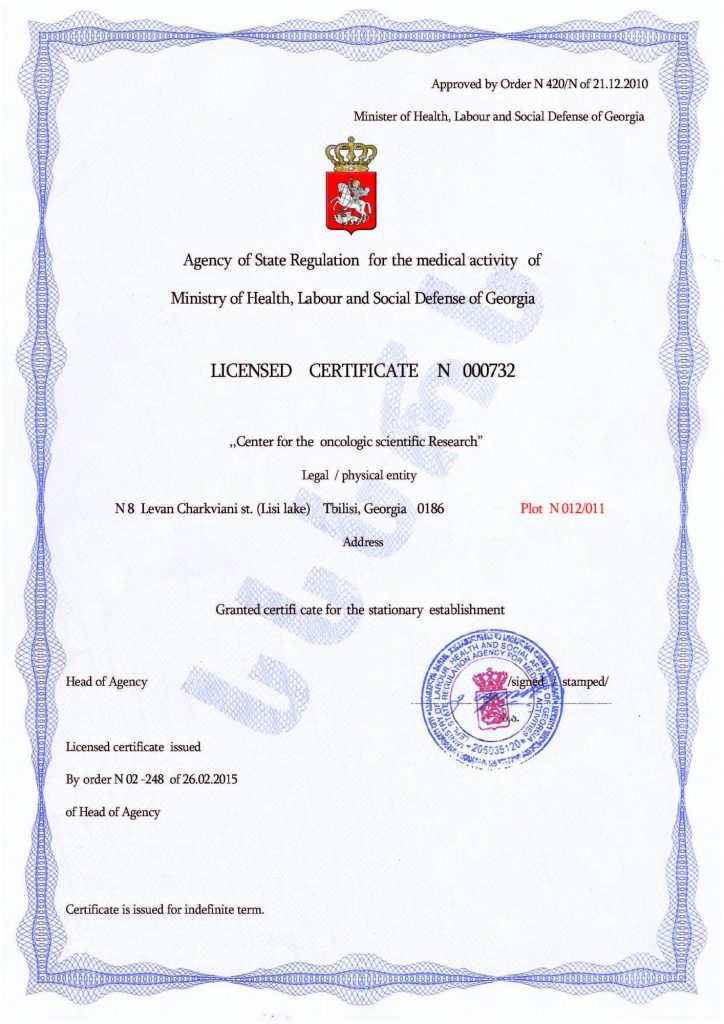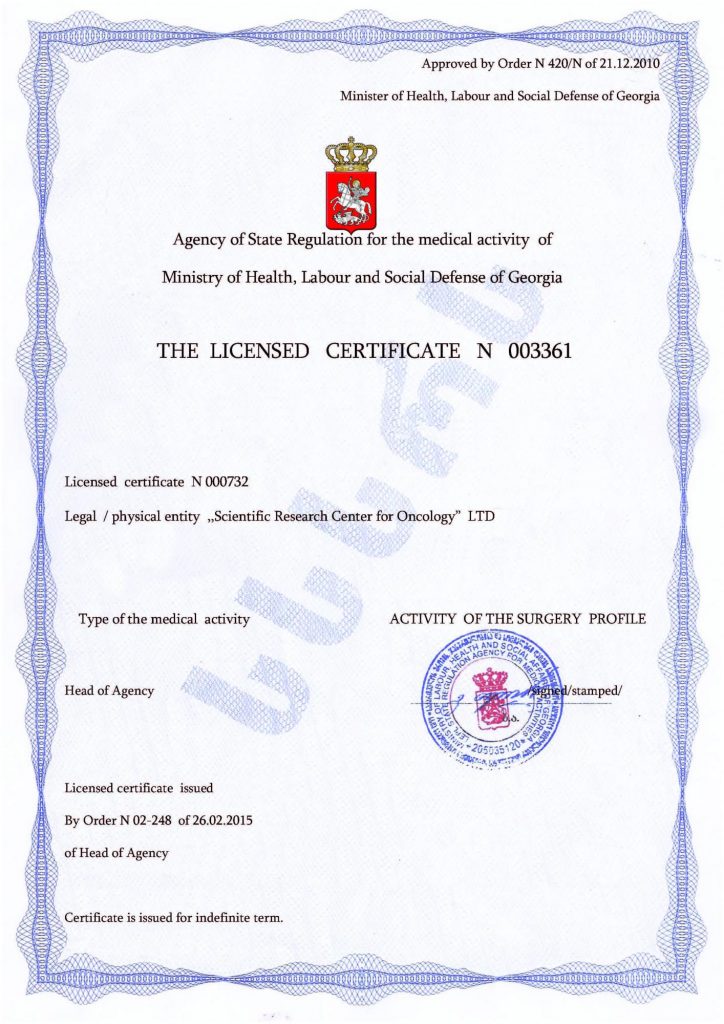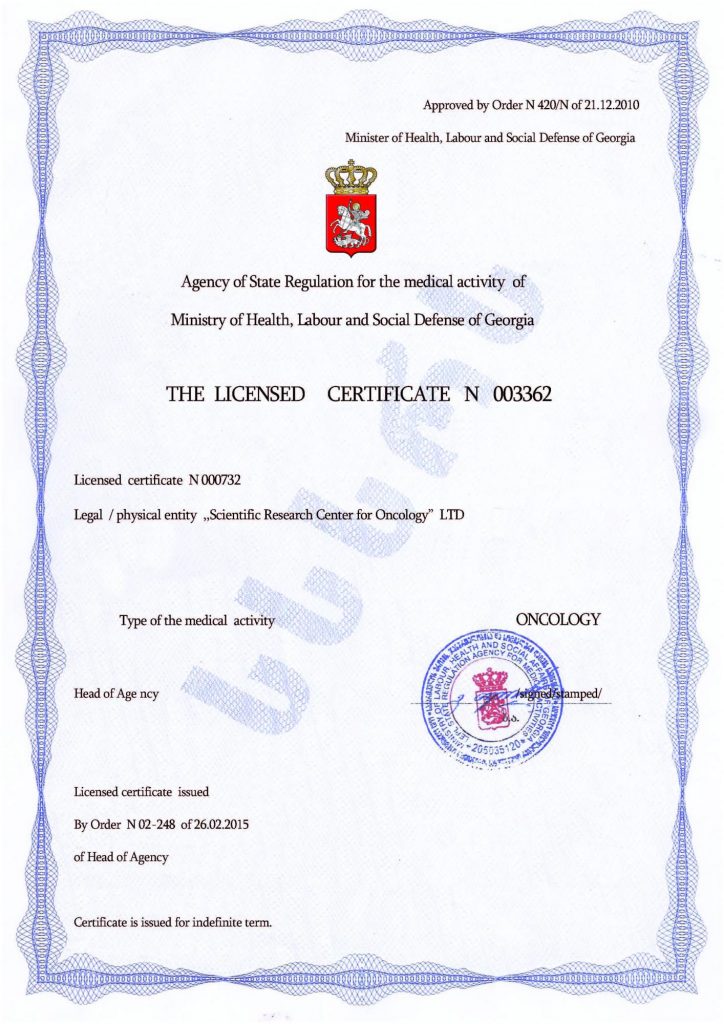How to Get an Autistic Child to Sleep
Sleep disorders in autism are a common symptom that significantly impact the quality of life for both the child and their family. The causes of insomnia in autistic children are based on the peculiarities of how their nervous system functions.
Biological Disruptions in Autism That Trigger Insomnia
- Circadian Rhythm Disruptions: People with autism may have problems with their biological rhythms, which leads to a misalignment between their internal body clock and the external environment.
- Neurotransmitter System Disruptions: Autism may be linked to imbalances in neurotransmitters such as serotonin and melatonin, which play a key role in regulating sleep.
- Sensory Sensitivity: Many children with autism are hypersensitive to external stimuli, such as light, sound, and temperature, making it difficult for them to fall asleep and maintain sleep.
- Hormonal Changes: Children with autism may have hormone imbalances, such as with cortisol levels, which can also affect sleep quality.
- Co-occurring Medical Conditions: Other conditions such as epilepsy or gastrointestinal issues may affect sleep.
- Stress and Anxiety: High levels of stress and anxiety, common among autistic children, can hinder relaxation and falling asleep.
How to Quickly Get an Autistic Child to Sleep: Practical Tips
To help a child prepare for sleep calmly, it is important to eliminate active play, hot baths, television, and other gadgets at least one hour before bedtime. Calm, repetitive activities like reading or conversing will help prepare the child for sleep. Additionally, it is essential to establish a daily routine.
- Daily Routine: A consistent sleep-wake schedule helps the child know what to expect, which encourages healthy habits.
- Relaxing Rituals: Create calming bedtime rituals, such as reading a book, playing soft music, or having a warm shower or tea.
- Comfortable Environment: Ensure the room has a peaceful and comfortable atmosphere: dimmed lighting, quiet sounds, and a cozy bed.
- Stuffed Toys: Let the child take a favorite toy or blanket to bed with them for comfort.
- Physical Activity and Outdoor Walks: Make sure the child is active during the day so they have a chance to burn off energy.
- Ventilating the Room: Open the windows and air out the room before sleep. If the child is afraid of the dark, leave a nightlight on.
Each case of insomnia is unique and may require consultation with a neurologist and other specialists.
Stem Cell Transplantation – Effective Therapy for Insomnia in Autism
Doctors at the Mardaleishvili Medical Center have been performing stem cell transplants for children diagnosed with autism for several years and have seen positive results. Stem cells act as building material and form necessary connections between damaged brain neurons. As a result, there is significant correction of autistic traits, improvements in behavior, resolution of insomnia, and enhanced speech. Over the course of a year following the procedure, our patients undergo transformations, significantly improving the quality of life for both the child and their family.
We invite you to schedule a consultation at the Mardaleishvili Medical Center (Georgia) for more detailed information about stem cell transplantation.
Autism Treatment Center Videos
Autism treatment with own stem cells
Cord blood association congress
International Quality Crown
Autism Treatment Reviews
Autism treatment with own stem cells
The story of Alessandro (6 years old)
Autism Patient Testimonial - Stem Cell Treatment
Clients Testimonials
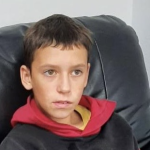
Feedback from Igor, David’s father (12 years old) Read More
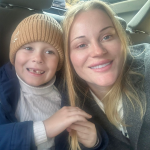
Feedback from Olga, Fedya’s mother Read More
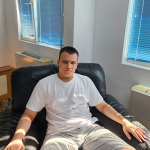
Feedback from Natalia, Radomir’s mother (15 years old) Read More
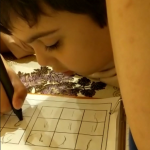
Feedback from Esther, Samuel’s mother (8 years old) Read More
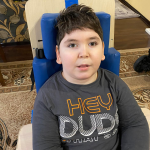
Feedback from Abibe, Selim’s mother (7 years old) Read More









